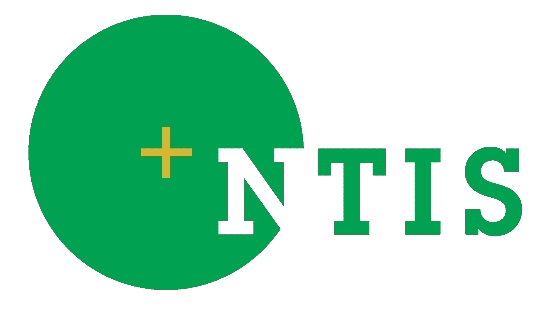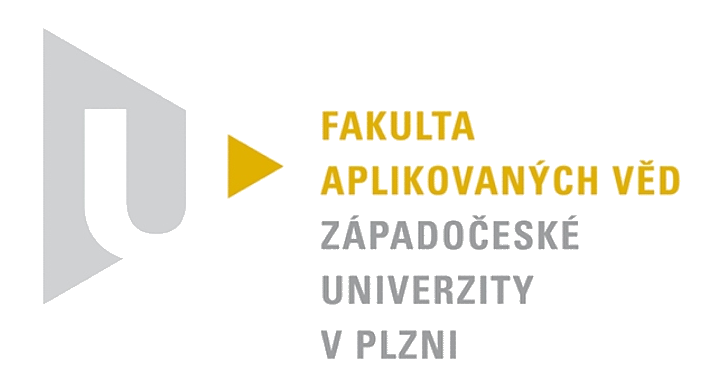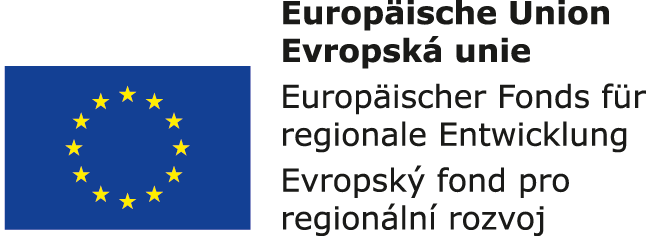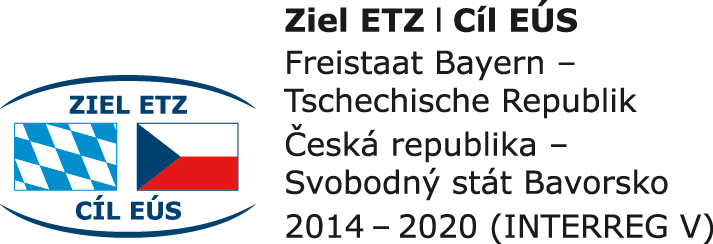BCI calculator
Starting with our long-term research results from brain wave measurements (EEG) and event related potentials (ERP) we designed, developed and tested a system that allows devices to be controlled with a thought. For example, a completely paralyzed patient could use it to operate a hospital bed, their TV, lighting, or call for help in an emergency.Our system can interpret the action the user wants to perform by reading the user’s EEG/ERP as they follow certain visual stimuli.
TASK
 The computer system recognizes what we want to do and does it for us. In a nutshell this is the task we solved. The applications are innumerable.
The computer system recognizes what we want to do and does it for us. In a nutshell this is the task we solved. The applications are innumerable.
The task involves almost direct communication between the brain and the computer. Our goal was to prove that it is possible to use our existing research from the field of EEG/ERP brain potentials to recognize symbols which a human is thinking of.
We create a thought-controlled calculator. The user follows a matrix of numbers and symbols of mathematical operations in which whole rows and columns randomly flash (they are highlighted). The user concentrates on the number or symbol they need. At the same time their brainwaves are measured and processed using advanced algorithms. If the algorithms recognize the selected symbol, the symbol is displayed on the calculator.
We entered a basic two-figure calculation with 90% success. The data was evaluated after measurement as our device did not allow real time data input to the computer.
Real time evaluation is necessary for specific cases and we are able to do it.
The method is based on using event related potentials, specifically on the detection of visually event related potential P3. This appears in an EEG signal as a wave with positive amplitude with a range between 250ms and 500ms from the moment when a user sees a symbol. When the row or column of symbols which the user is concentrating on starts flashing, the P3 wave appears in the EEG signal. The symbol which the user wants is at the intersection of the row and column for which the event related potential was detected.
We built the complete system for our experiment, programmed the scenario for displaying the calculator symbols and measured brainwaves. We cleaned the data using digital filtration, split it into segments which might contain event related potentials and created algorithms to detect them. We achieved our greatest success when using a detection algorithm based on wavelet transform. Using a variety of symbol sets we achieved a success rate of 87% to 100%.
Evaluation was carried out by our program BCI calculator which provides everything from digital filtration through to display of the results.
 Firstly we must eliminate EEG signal artefacts arising from eye movement, muscle activity, perspiration, etc. Then a suitable detection method is selected. We chose one for which we achieved an average success rate of 90%.
Firstly we must eliminate EEG signal artefacts arising from eye movement, muscle activity, perspiration, etc. Then a suitable detection method is selected. We chose one for which we achieved an average success rate of 90%.
Why is it a complicated task? The EEG signal must be prepared for evaluation and any artefacts must be removed. We used algorithms and developed working methods for cleaning, segmentation, correction and averaging the signal to solve the problem.
The most important of these was designing our own detection methods. This determined the resulting success rate. We investigated several detection methods and we were able to create an algorithm with a very high success rate.
Error-free synchronization between the stimulator displaying the symbol matrix and the measuring device is essential. Symbols marking the moment of flashing rows and columns must be recorded accurately in the EEG/ERP signal for the detection algorithm. We solved this too.
We are a team of nearly 20 personnel with experience in neuroinformatics, development of experimental software and hardware, signal processing and medical data.
We act as coordinator of the Czech National Node for Neuroinformatics. We participate in the strategic activities of the INCF (International Neuroinformatics Coordinating Facility).
We cooperate with a number of universities, the Czech National eHealth Centre, Czech Technical University in Prague, the Faculty of Medicine of Charles University in Pilsen, the Faculty Hospital in Pilsen and the firm Alien technik s.r.o.
Our laboratory is equipped with professional scanning equipment for EEG, ERP and other biosignals, including recording and analysis software and a driving simulator. We have an acoustic and electrically shielded chamber. We operate our own web portal for storing and working with biosignals, registered in the Neuroscience Information Framework.
We are ready for research cooperation in the field of neuroinformatics.
We are looking forward for further cooperation.
http://neuroinformatics.ntis.zcu.cz
Technology Transfer Centre
Mrs. Petra Krupková
Phone: +420/ 377 631 086
E-mail: transfer@rek.zcu.cz
Research Group
Mr. Roman Mouček
Phone: +420/ 377 632 465
E-mail: neuro@ntis.zcu.cz
Real time evaluation is necessary for specific cases and we are able to do it.
METHOD AND RESEARCH
The method consists of searching for event related potentials in a normal EEG signal. These occur when a user either sees or imagines a visual stimulus.The method is based on using event related potentials, specifically on the detection of visually event related potential P3. This appears in an EEG signal as a wave with positive amplitude with a range between 250ms and 500ms from the moment when a user sees a symbol. When the row or column of symbols which the user is concentrating on starts flashing, the P3 wave appears in the EEG signal. The symbol which the user wants is at the intersection of the row and column for which the event related potential was detected.
We built the complete system for our experiment, programmed the scenario for displaying the calculator symbols and measured brainwaves. We cleaned the data using digital filtration, split it into segments which might contain event related potentials and created algorithms to detect them. We achieved our greatest success when using a detection algorithm based on wavelet transform. Using a variety of symbol sets we achieved a success rate of 87% to 100%.
Implementation
We used Presentation® from Neurobehavioral Systems, Inc. to display the symbol matrix. The user’s brainwaves are monitored using a standard EEG cap. Data from the cap are digitized using BrainAmp and recorded in BrainVision Recorder, both from Brain Products GmbH.Evaluation was carried out by our program BCI calculator which provides everything from digital filtration through to display of the results.
CHALLENGE
 Firstly we must eliminate EEG signal artefacts arising from eye movement, muscle activity, perspiration, etc. Then a suitable detection method is selected. We chose one for which we achieved an average success rate of 90%.
Firstly we must eliminate EEG signal artefacts arising from eye movement, muscle activity, perspiration, etc. Then a suitable detection method is selected. We chose one for which we achieved an average success rate of 90%.Why is it a complicated task? The EEG signal must be prepared for evaluation and any artefacts must be removed. We used algorithms and developed working methods for cleaning, segmentation, correction and averaging the signal to solve the problem.
The most important of these was designing our own detection methods. This determined the resulting success rate. We investigated several detection methods and we were able to create an algorithm with a very high success rate.
Error-free synchronization between the stimulator displaying the symbol matrix and the measuring device is essential. Symbols marking the moment of flashing rows and columns must be recorded accurately in the EEG/ERP signal for the detection algorithm. We solved this too.
ABOUT US
The Neuroinformatics Group specializes in performing experiments and subsequent processing and evaluation of the experimental data in the field of biosignals, especially EEG/ERP signals. We have been active in this area since 2008.We are a team of nearly 20 personnel with experience in neuroinformatics, development of experimental software and hardware, signal processing and medical data.
We act as coordinator of the Czech National Node for Neuroinformatics. We participate in the strategic activities of the INCF (International Neuroinformatics Coordinating Facility).
We cooperate with a number of universities, the Czech National eHealth Centre, Czech Technical University in Prague, the Faculty of Medicine of Charles University in Pilsen, the Faculty Hospital in Pilsen and the firm Alien technik s.r.o.
Our laboratory is equipped with professional scanning equipment for EEG, ERP and other biosignals, including recording and analysis software and a driving simulator. We have an acoustic and electrically shielded chamber. We operate our own web portal for storing and working with biosignals, registered in the Neuroscience Information Framework.
We are ready for research cooperation in the field of neuroinformatics.
COOPERATION MODELS
We offer cooperation in research in the fields of neuroinformatics, applied research and the development of innovative products in the following models or their combination:- Joint participation in projects.
- Contract research for businesses developing products, treatments or new diagnostic methods.
- Cooperative research in the development of infrastructure and methods for processing EEG/ERP.
We are looking forward for further cooperation.
CONTACT
More info at:http://neuroinformatics.ntis.zcu.cz
Technology Transfer Centre
Mrs. Petra Krupková
Phone: +420/ 377 631 086
E-mail: transfer@rek.zcu.cz
Research Group
Mr. Roman Mouček
Phone: +420/ 377 632 465
E-mail: neuro@ntis.zcu.cz







